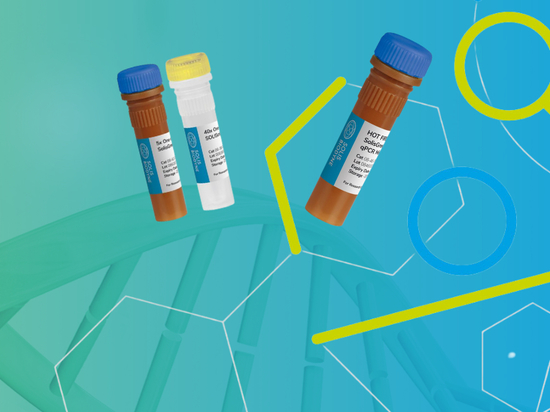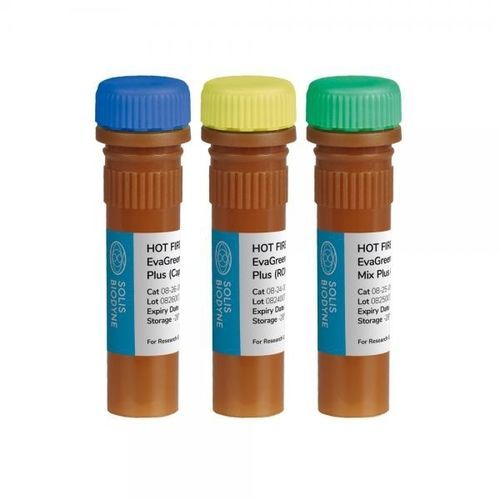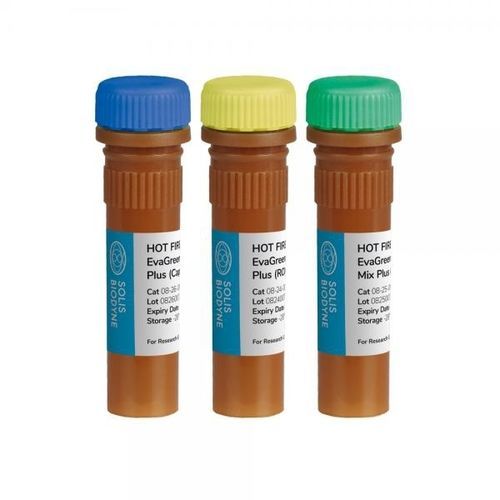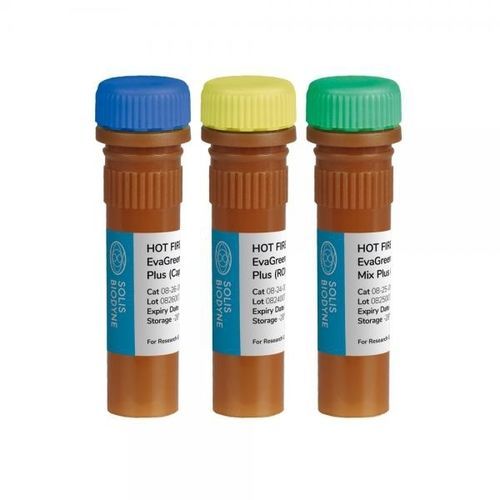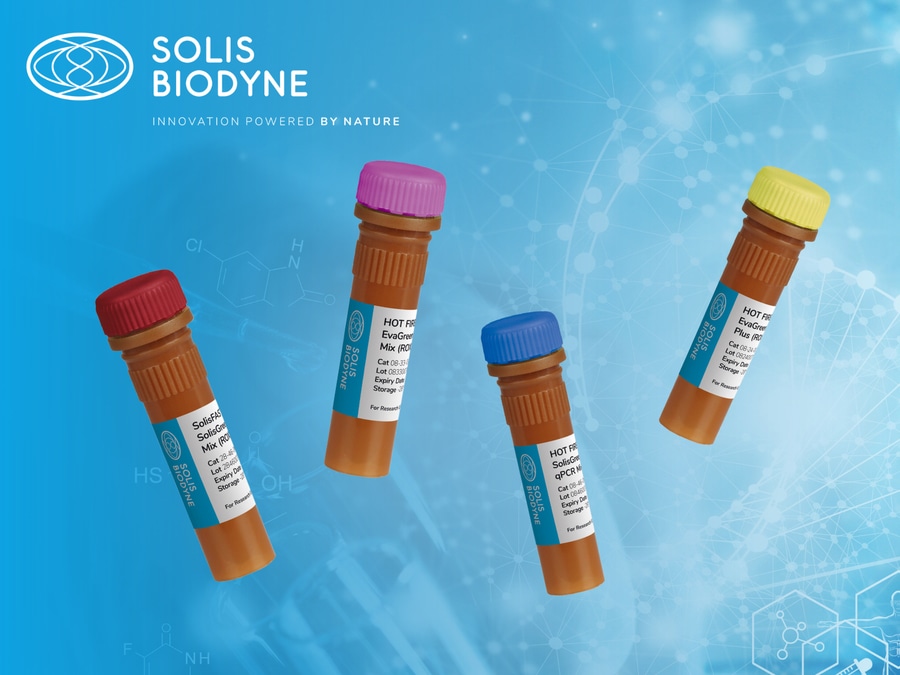
#Product Trends
Everything you need to know about dye-based qPCR
Get to know your best options
Dye-based qPCR is a cost-effective qPCR option that measures double-stranded DNA amplification during PCR (Polymerase Chain Reaction) based on the detection of fluorescence of a DNA binding dye. In addition to the qPCR mix, nuclease-free water, and DNA it only requires two sequence-specific primers, making it a cost-effective option when looking at a large number of targets.
There are many reasons why dye-based qPCR is so popular among scientists. Here are some of them:
1. Cost (just 2 primers) - a more budget-friendly option than probe-based qPCR.
2. Easier to design than probe-based qPCR. Again, you only need 2 primers for the former. The latter requires 2 primers and a very specifically placed probe.
3. It is possible to detect mistakes in addition to the gene of interest, unlike with probe-based qPCR. So, it is possible to optimize the experiment and have better results next time.
Unfortunately, like with every method, dye-based qPCR is not ideal for every experimental design. Here are some cons:
1. It’s not possible to do multiplexing.
2. It has low specificity.
The most important part of dye-based qPCR is of course the dye. The classical and probably most often used dye is SYBR® Green. There are, however, better options, that may not be as popular yet, but are worth considering. One of them is EvaGreen®, which is spectrally similar to SYBR® Green, so there is no need to change any optical settings when using it. Another option is SolisGreen® that also shares spectral properties with other commonly used qPCR dyes. qPCR mixes based on SolisGreen® dye have high sensitivity and increased performance (brighter fluorescence) with low target concentration demonstrating improved precision and less variance between technical replicates.


